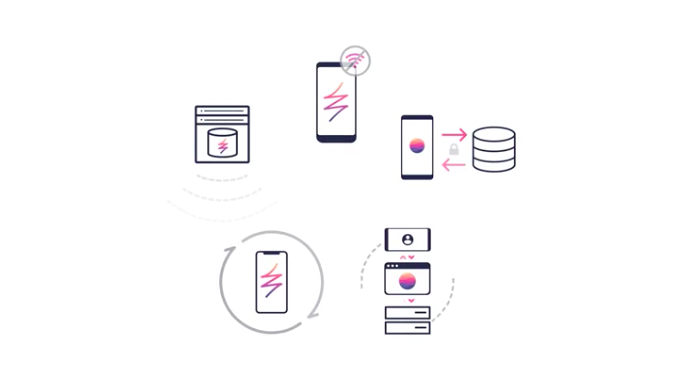Time is an illusion. We know it is relative. It bends, flexes, slows, speeds up, and even reverses itself relative to space, mass and speed. And it’s relative not only in the universal macrocosm, but also in the microcosm of business.
Business analysts (or data scientists) have coined the term “real-time analytics” (and “near real-time analytics”) to describe the immediacy or near-immediacy of performing analytics shortly after data is captured. “Real time” is a very positive term, so it is used frequently. One group defines real-time analytics as analyzing data while simultaneously updating the database. Another uses it to refer to any analytics that can be done while a webpage refreshes. Others use the term to refer to any substantial reduction in processing time.
Unfortunately, this makes the definition of “real time” ambiguous as it moves through the space continuum of business. It bends and alters itself based on an end user’s perception and needs. It is an unstable description. Thus, real time reflects a microcosmic relativity.
The definition of real time can vary greatly along a number of different dimensions:
1. Just how fast is real time? For one marketing decision-maker, reducing his six-week wait for an evaluative marketing campaign to one week represents real-time analytics. For a stock trader, “milliseconds” defines real time. If you are running a particle accelerator, then milliseconds are far too long!
2. Just how complex are analytics? Real-time analytics for a poll might simply constitute calculating a sum. Real-time analytics of a credit score might involve hundreds of variables. Pattern analysis for cybersecurity might involve billions of interrelated links.
3. Just how big is the data? If I do complex analytics but only use a small handful of data, is that still real time? If I use aggregates of all the data, is that still real time?
4. Just how fresh is the data? Most people agree that real-time answers have to come back quickly, but how fresh does the data have to be? If I immediately give you yesterday’s news, is that real time?
#!To move the discussion forward and to elevate the analytics to a more transparent place, why not use a stable definition that reflects the mechanics of business and clearly describes which analytics it performs? One suggestion is “transactional analytics.” Here, we define transactional analytics as the scientific process of examining all transactions and their attributes with the purpose of drawing conclusions and developing insights in order to make better decisions during the transaction!
Transactional analytics is more demanding as a definition than many uses of “real time.” Transactional is also a more realistic and comprehensive term for the type of analytics created to make better decisions during the transaction. Here is a breakdown of the dimensions of transactional analytics:
1. Immediacy: Transactional analytics are defined as occurring during a transaction. The analytics are performed fast enough to affect the outcome of the transaction and include all data up to the point of transaction.
2. Lossless data availability: A key component of transactional analytics is the idea of lossless data availability. While the data may be compressed, the data available to analytics must be adequate to completely reconstruct the original transaction stream. This allows for pattern matching (i.e., did this happen before? Does it fit this pattern?) rather than simple aggregates.
3. Global data availability: As No. 2 defines the depth of data, we need to define the breadth of it too. It is impossible to define an outlier if you cannot define the norm. A pattern emerging in one part of a population may be emerging elsewhere too. Transactional analytics defines that all global information from completed transactions at the start of a new transaction are available for analytics.
It will immediately be seen that very few systems that call themselves real time will be able to claim to have transactional analytics. This is good, because it gives us a well-defined target to which we should aspire. The definition of transactional should remain steady and fixed, not pulled and remolded as it moves through the space of business jargon.
“Real time” will almost certainly remain as a feel-good term that can be easily used as it has little semantic definition. However, we propose that transactional analytics should be used by those who can denote a well-defined and precise improvement in the business of producing better decisions faster.
David Alan Bayliss is chief data scientist at LexisNexis Risk Solutions.



